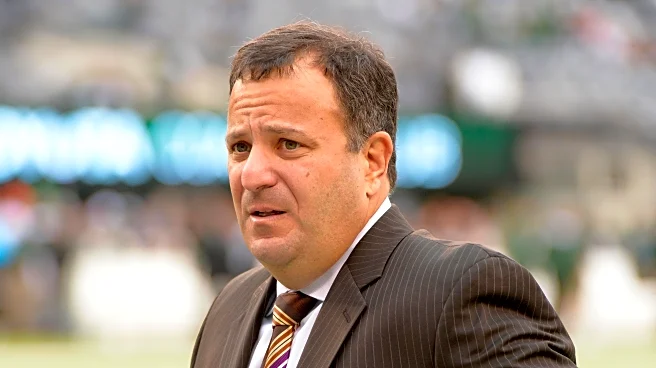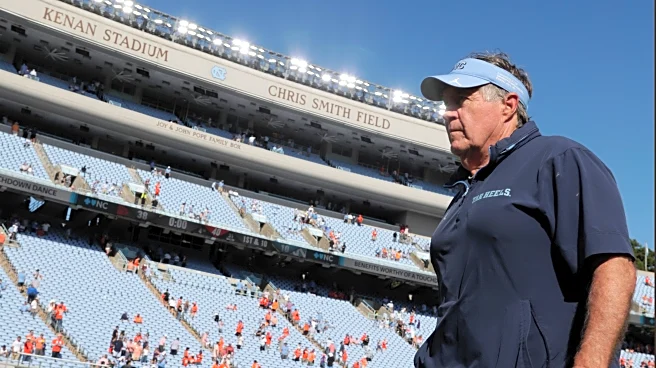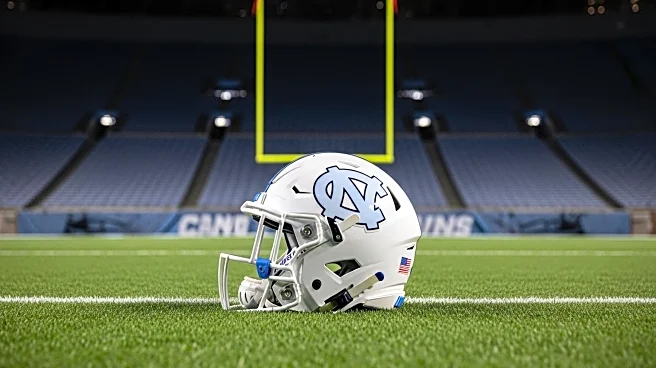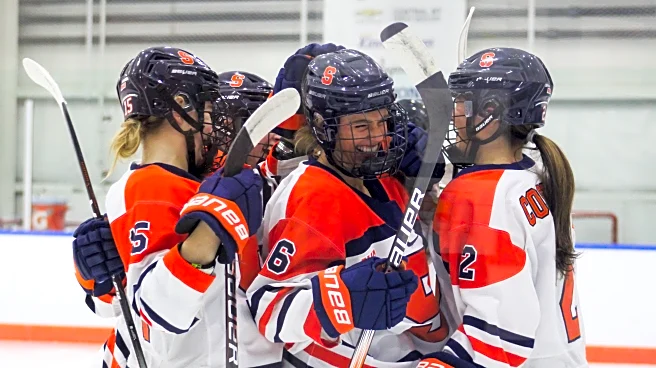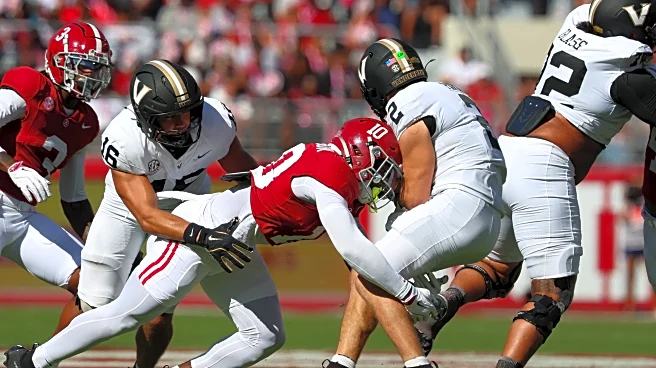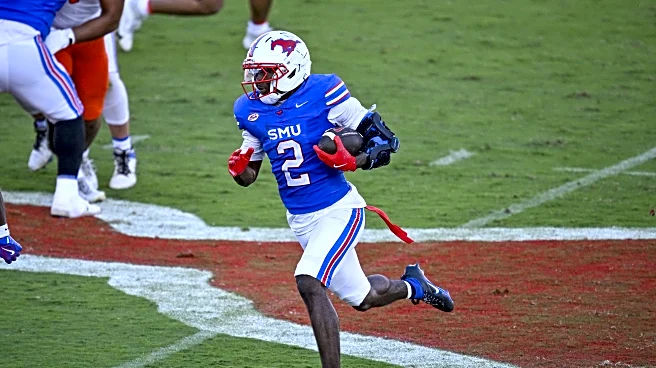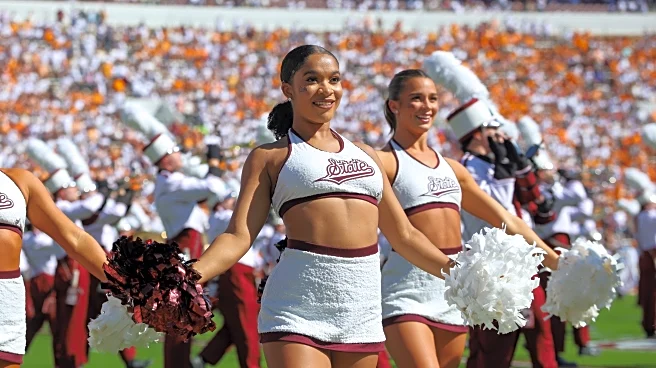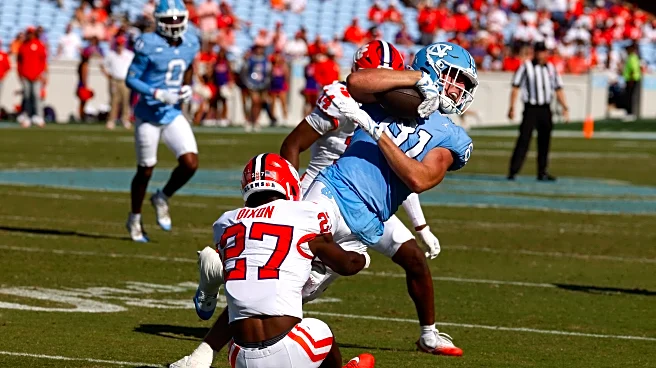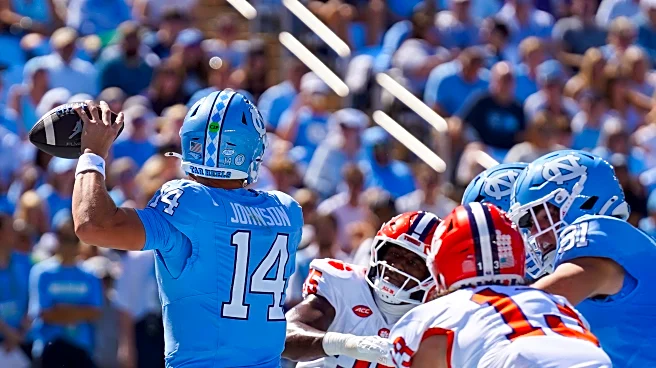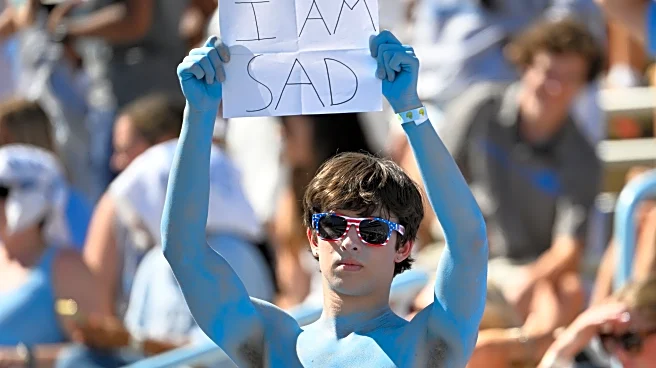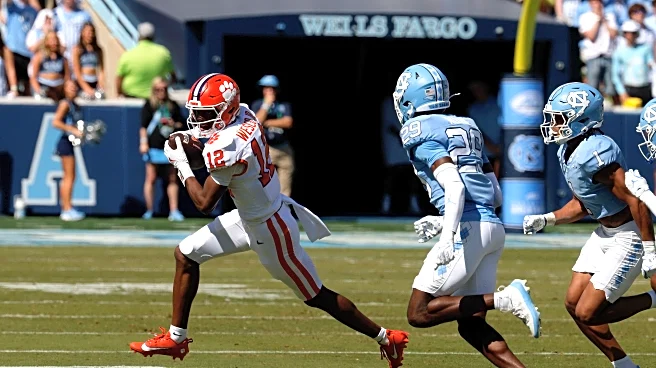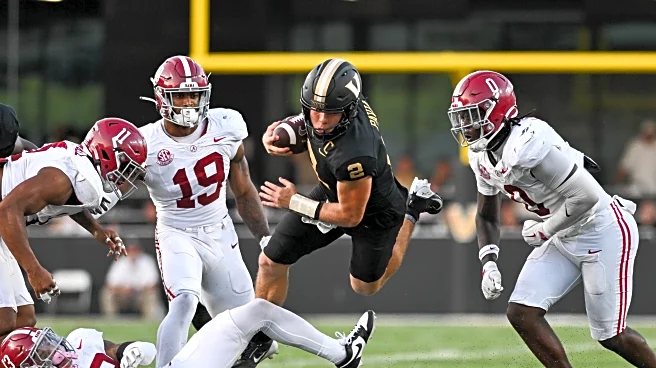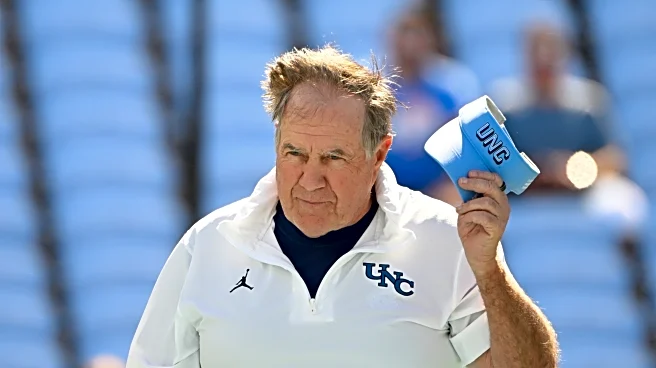Time for a trip through the numbers after the eye sore of the Clemson game. We’ll do the defense later this week (spoiler: that side has gotten worse, too, but not like this). For now, we examine the offense. Let’s start this numbers review with self-proclaimed roster architect. Mike Lombardi.
$1.5 million: Mike Lombardi’s salary. Ohio State’s GM, Mark Pantoni, makes $900,000. Courtney Morgan, Alabama: $825,000. Jim Nagy, Oklahoma: $750,000. Jim Blanchard, Texas Tech: $550,000. You get the picture.
Just wanted to put that out there.
Gross Stats: not gross as in “revolting” (although that works here) but gross in terms of raw accumulation of yards, first downs, points, etc. We’ll look at stats adjusted for strength of schedule and game situation in a sec. Gross stats, which don’t take opponent strength or game situation into account, can be misleading at times. A steady diet of bad teams can inflate these rankings, and a run of strong teams can deflate them. As sample size grows, they do become more indicative of unit performance. That said, I don’t think any of us are surprised to find our offense ranks as one of the worst in FBS so far in the following basic metrics.
Some other teams fielding offenses with similar numbers: Akron (hence the title), Sam Houston State, Kent State, and Coastal Carolina. The nearest P4 teams are Wisconsin (126). which has, “Fire Fickell,” chants breaking out during games, and Oklahoma State (121), which has already pulled the trigger on their coach.
Yards per game can be misleading due to tempo. which makes yards per play a valuable reference. Example: if your offense isn’t on the field much because your defense can’t stop your opponents, that lowers the play count for the offense. In turn, the lower play count can lower the yards per game and to a degree mask a unit’s upside. Yards per play can peg a unit’s efficacy more accurately. Here, we get confirmation instead. Looking deeper into the gross stats sheet, we just get more of the same.
Oof. Let’s move on and see if we can find a silver lining somewhere in the…
Adjusted Stats: these per-play results adjust both for schedule strength and game situation.
For example, a play that earns 4 yards on 3rd and 10 (fail!) measures differently than a 4 yard gain on 3rd and 3 (success!). These stats also filter for “garbage time.” Results achieved in competitive game states weigh far more than results when one team is up 32 points and playing back-ups. These stats also take opponent strength into account. Blowing up a defense that’s shut down prior opponents weights more than blowing up one that can’t stop anyone else.
These stats are not perfect, but they filter out a lot of noise. They don’t care if Clemson won by 4 TD; they’re paying no attention to final scores. They look at how many plays your team won, how many plays their team won, and how those plays were won. It’s a different and useful lens to look at our favorite football team (or one we really hate), which may be better (or worse) than the win-loss record might indicate.
FEI tends to focus more on drives as the evaluation unit. SP+ focuses more on plays. FPI weights the gross statistics more than the other two. FEI seems to like Carolina’s strength of schedule significantly more than the other two, because in its base measures (drives that fail to earn a first down, drives that score, drives that go backwards, etc.), UNC ranges from 125-132. Still, “But we’re 98th in FEI!” isn’t much to crow about. The advanced stats confirm what our eyes and the gross stats already tell us. The offense is a disaster, one of the worst UNC’s ever put on the field. Even the UNC 2018 unit that launched a 1,000 unfortunate Nathan Peterman jibes (played his heart out, put into an impossible situation) averaged 72nd in FEI and SP+.
Conclusion 1: Blaming Freddie Kitchens for all this misses the point. College football’s rules favor offenses dramatically. It’s the first staff position a head coach should be filling when he takes over a program. It’s the first meeting a GM should have to start identifying the kinds of players the OC will need to be successful. Just handing the offensive reins to the TE coach from the former staff? Inexcusable. That’s coaching and GM malpractice. Making Freddie the scapegoat for this offense lets Bill and Mike off the hook to an extent I’m just not willing to do. Bill and Mike own this offense, and they need to answer for it.
Conclusion 2: This wasn’t an inevitability based on the timing of the hire. The idea that this kind of performance is unavoidable given the hiring date has been floated repeatedly. Lombardi alluded to this notion several times in his email to boosters requesting a multi-year rebuild. I’m sympathetic to that idea in the abstract. I’d be willing to accept roster turnover as a contributor to an offense that performs well in stretches but makes a few too many mistakes in closer losses. That, however, is not what we have here.
As for the idea that no one hired between Thanksgiving and Christmas could hope to assemble a good offense, we simply have too many recent examples to the contrary.
Example: Fran Brown took over a 6-7 Syracuse on November 28, 2023, with an offense ranked 88th. His 2024 offense, featuring a transfer QB, lead the nation in passing yards in 2024. Syracuse finished the season with 10 wins and the beating heart of Mario Cristobal’s ACC title hopes.
Example: Scott Frost took over 4-8 UNC on Dec. 8, 2024, 3 days prior to Belichick assuming head coach duties at UNC. Scott’s team beat Bill’s team by 3 TDs last month. UNC’s probably not the only example of a team that changed coaches only to get measurably worse, but we’re certainly the poster child for it.
Conclusion 3: Super Bowl coaches who remain great coaches don’t need excuses, especially one that transparently false.
BONUS: QB Comparison!
Let’s compare our 2 QBs so far and talk a bit about what that might mean for the two freshmen waiting in the wings. Max Johnson finally got a start against a P4 opponent, and here are his first half (no garbage time) stats against Clemson:
11 of 18 (61%) for 66 yards (3.7 yards per attempt), 3 first downs via passing, 1 explosive
Max didn’t move the needle against a Clemson defense that everyone else has scorched. Max has looked better overall than Gio, no question. However, most of Max’s sample has come in 2nd halves, which in every P4 game has been “garbage time.” TCU, for example, put in their back-ups and ran much more basic defensive looks once Max came into the game. The Horned Frogs conceded short throws over the middle to burn clock while they warmed up the bus. We saw Max “moving the ball,” but the defensive effort by that point seemed more interested in preventing big plays and letting our offense shoot itself in the foot.
We now have comparable passing numbers on our two starters. Five games into the season, Gio and Max have nearly identical passer ratings: 122 on 67 attempts (Gio) and 117 on 72 attempts (Max). Max has a QBR of 47.2 (92nd nationally) compared to Gio’s eye-popping (in a bad way) 16.7 (135th nationally). That difference stems entirely from Max avoiding the turnovers and sacks that plague Gio. Given that any negative play has been a drive killer for this offense, that’s an important difference. But, objectively, both have been bad, just in slightly differing ways.
Double Bonus: Play the Freshmen QBs?
I’m all for moving on to Bryce or Au’Tori in the right context. First, the idea one of them could turn this offense around, much less the season, feels unfair to me. If we’re admitting this is all to get a jump on next year, if we promise not go all Nathan Peterman on them, then that’s a good start. However, my second concern lies squarely on the coaches. As a fan, I’d love to see what these two freshmen QBs can do, but I also don’t want to see a sacrificial lamb set up to fail every Saturday, much like Peterman. Bluntly, I’m not sure I trust this staff to develop a true freshman QB. To be successful, that effort would require a level of professional investment I’ve yet to see from this coaching staff in any facet of their jobs.
